Did you know Bolivian Rams live around 4 years? These colorful fish, known as Mikrogeophagus Altispinosus, come from the Amazon River area. They live in the Bolivian and Paraguayan tributaries.
If you want to add Bolivian Rams to your tank, knowing how to care for them is key. This guide gives you all you need to keep these calm fish happy.
Table of Contents
Key Takeaways:
- Bolivian Rams have an average lifespan of around 4 years.
- Fully grown males reach a size of approximately 3 inches, while females grow to about 2.5 inches.
- For a small group, a tank size of around 20 gallons is recommended, but a 30-gallon tank is preferable for better swimming space.
- Water temperature should be maintained between 72 to 79 degrees Fahrenheit.
- Ideal pH levels for Bolivian Rams range from 6.0 to 7.5, with around 6.5 being considered ideal.
- Water hardness should be within 0 to 10 dKH.
- Bolivian Rams are peaceful fish that can coexist with other peaceful species, showing aggression mainly during breeding.
- They are omnivores and can feed on dry food supplemented with chopped earthworms and brine shrimp.
- Bolivian Rams prefer to swim in short quick bursts to sift through substrate for food without disturbing it.
- They thrive in pairs or groups of 4 to 8 fish.
Now you know a bit about Bolivian Rams. Let’s get into their tank and setup needs, water conditions, food, friends, breeding, and more. Follow these tips, and your Bolivian Rams will be a joy in your tank for many years.
Tank Size and Setup
Setting up a tank for Bolivian Ram Cichlids requires some careful thought. You need at least a 50-liter (15-gallon) tank for a pair. For a small group, start with 20 gallons but consider 30 gallons for more room. This ensures they have enough space to swim.
The setup should mimic the Bolivian Rams’ natural home. They like to dig and burrow, so use a sandy substrate. Adding hiding spots like caves or PVC pipes will make them feel safe.
Don’t forget about plants and decorations in your Bolivian Ram tank. Java Fern and Amazon Swords are great for adding beauty and hiding spots. Smooth rocks and driftwood are perfect for creating more places for the Rams to explore and breed.
Bolivian Rams require specific water conditions to thrive. Keep the water at about 27°C (81°F). The pH level should be between 6.5 and 7.5. Regular checks are crucial to keep your fish healthy and happy.
Summary:
For Bolivian Ram Cichlids, a 50-liter tank is needed for a pair. Use sand for the substrate and include hiding spots. Add live plants, rocks, and driftwood for a natural feel. Keep the water at 27°C (81°F) and pH between 6.5 and 7.5 for their well-being.
Water Parameters
It’s key that you keep the right water conditions for Bolivian Ram Cichlids. They need specific environments to stay healthy. So, it’s a must to watch their water closely and make it just right for them.
pH Level
Bolivian Rams like their water a bit acidic to neutral. They thrive in a pH range of 6.5 to 7.5. Checking and adjusting their water’s pH ensures they’re living well.
Water Temperature
The right temperature is crucial for Bolivian Ram Cichlids. They do best in 25° to 28°C (77° to 82°F), like their home waters. Keep the temperature steady in this range to see them thrive.
Always watch and adjust the temperature to keep your fish happy and active.
General Hardness
These fish need their water not too hard, with a GH of less than 10. Test the water and adjust it if needed. Use conditioners or special substrates to get the GH right.
Recommended Tank Size
Start with a 50-liter (15-gallon) tank for a pair of adult Bolivian Rams. Bigger space means happier and healthier fish.
| Water Parameters for Bolivian Rams from Linke and Staek’s trip | Ideal water parameters as per a user’s experience | Tap water parameters |
|---|---|---|
| pH: 7.6 GH: 4 dH KH: 4 dH Temperature: 27°C Conductivity: 123 micro-Siemens |
pH: 7.2 KH: 2 dH (36 ppm) GH: 3 dH (54 ppm) Temperature: 77°F |
pH: 8.2 KH: 358 ppm GH: 465 ppm |
Use these water parameters as a starting point. But remember, every fish and tank is different. Test regularly and tweak things to make your Bolivian Rams’ home perfect.
Diet and Feeding
For Bolivian Ram Cichlids to be healthy, the right diet and feeding routine is crucial. These fish are omnivores and need various nutrients to live well in tanks.
Their diet is versatile, including plants and proteins. Feeding them flakes, pellets, and both frozen and live foods gives them all they need.
Feeding them a few times daily, but only once per day, is best. This avoids overfeeding and keeps the tank clean.
A mix of dry and live foods suits them best. Foods they like include:
- Frozen bloodworms
- Tubifex
- Brine shrimp
- Krill
- Flakes
- Hikari carnivore pellets
- Sinking cichlid pellets
While these foods are great, each fish might like different things. They might love frozen brine shrimp or live baby brine shrimp as a special treat.
Feeding Tips and Recommendations
Here are tips for feeding your Bolivian Rams right:
- Diverse foods keep them healthy.
- They like sinking pellets because they feed off the bottom.
- Don’t feed them more than once a day to avoid tank pollution and disease.
- Frozen foods like bloodworms and brine shrimp are packed with protein.
- Most frozen foods are inexpensive, costing $4-$5, and last months.
Always watch how your fish eat and adjust their diet to keep them healthy and happy.
Compatibility with Tank Mates
Bolivian Ram Cichlids are calm fish that love company. They do well with many different tank mates in a community tank. When picking friends for them, it’s key to think about how well they’ll get along.
Here’s a list of fish that live well with Bolivian Rams:
- Tetras: Neon Tetras, Cardinal Tetras, Rummy Nose Tetras
- Rasboras: Harlequin Rasboras, Galaxy Rasboras
- Livebearers: Guppies, Swordtail Fish, Molly Fish
- Corydoras Catfish
- Otocinclus Catfish (also known as Dwarf Suckermouth Catfish)
- Small Plecos: Bristle Nose Plecos
- Kuhli Loaches
- Dwarf Gouramis
- Emperor Tetras
These fish match the Rams in what they need and how they act. It’s smart to think about size too. Bolivian Rams can grow up to 3.5 inches. So, choose tank mates that are close in size.
Having a mix of fish can make your tank more lively and fun to watch. You get to see colorful tetras, chill catfish, and active rasboras. Bolivian Rams can also pair up, maybe even breed. This adds more excitement to your tank.
To keep peace, make sure there are enough hiding spots. Use plants, rocks, and wood to let each fish have its own space. This helps stop fights over territory.
Observing Fish Behavior and Aggression Levels
Watching how new and old tank mates act together is crucial. While Bolivian Rams are usually friendly, they might be territorial when breeding.
From what I’ve seen, adding new fish slowly helps. Watch how they get along. If there’s aggression, add more hiding places or change the tank’s layout for peace.
Each fish is different. Pay attention to how your tank is doing. You might need to tweak things for all your fish to be happy.
| Fish Species | Size (inches) | Tank Size Recommendation (gallons) |
|---|---|---|
| Bolivian Ram Cichlids | 3.5 | 30 |
| Tetras: Neon Tetras, Cardinal Tetras, Rummy Nose Tetras | 1.5 | 20 (add 5 gallons per tank mate) |
| Corydoras Catfish | 1-3 | 30 |
| Dwarf Gouramis | 3.5 | 20 |
| Silver Dollar Fish | 6 | 75 |
| Kuhli Loaches | Varies (around 4-5 inches) | 20 |
| Emperor Tetras | 2 | 30 |
| Guppies | Varies (around 2 inches) | 20 (add 5 gallons per tank mate) |
These are just guidelines for tank size. If you can, go bigger. Bigger tanks are usually better for the fish.
With some thought and the right setup, Bolivian Rams will get along with lots of different fish. This creates a happy and colorful tank for everyone.
Breeding Bolivian Rams
Bolivian Ram Cichlids are easy to breed, which makes them liked by fish keepers. They team up in pairs, stick together, and keep other fish away from their space.
For breeding success, the tank must feel right to them. A 29 gallon (110 liters) tank is the minimum size needed. This gives them room to claim some space as theirs. Also, set up caves or PVC pipes for spawning. This is where the female lays her eggs for the male to protect.
Water conditions are key for their breeding. Aim for a pH level between 6.0 and 7.5. They like the water temperature to be between 71-81 °F (22-27 °C). Keeping the water clean is a must for a smooth breeding cycle.
Feeding triggers their desire to spawn. A diet with live or frozen foods, like brine shrimp and bloodworms, works well. High-quality, protein foods are essential for their health and their ability to breed.
A female Bolivian Ram lays about 100-200 eggs at once. These eggs hatch in two to three days. During this time, the male keeps a close eye on the nest. Parents might eat their eggs the first time. Yet, they usually get better at parenting with more tries.
After the fry start swimming on their own for 2-3 weeks, move them to a different tank. This helps more of them survive. In the new tank, they can be fed and cared for better.
| Breeding Information | Statistical Data |
|---|---|
| Number of eggs typically deposited by a female Bolivian ram in one spawning | 100-200 |
| Time it takes for Bolivian ram eggs to hatch | Two to three days |
| Male Bolivian ram’s courtship behavior duration | Two to three days |
| Occurrence rate of new parents consuming their own eggs after the first breeding attempt | Common, but tends to improve in subsequent attempts |
| Successful breeding tank size | 29 gallons (110 liters) or more |
Lifespan of Bolivian Ram Cichlids
Bolivian Ram Cichlids usually live for four to five years in tanks. Some can even reach more than five years with the right care. Reaching five years makes them veterans in their world.
Many things affect how long these fish can live. Having the right water conditions is very important. It helps to keep the pH level between 6.0 and 7.5. The water should also have proper GH and TDS levels. Keeping the temperature between 74-78°F (23-25°C) is crucial too.
What these fish eat is also key to their lifespan. A good diet includes live and frozen foods like daphnia and bloodworms. Adding high-quality dried foods makes sure they get all needed nutrients.
The social setup is another big factor. Bolivian Rams do well in groups of five or more. This keeps them less stressed and more active. Adding new mates helps improve their behavior and look as they get older.
Recommended Tank Size for Bolivian Rams
A 75-liter tank is good for a small group of these fish. But a 120-liter tank is better for them to swim and explore. Always think about their full size of 8 cm to ensure a happy life.
By taking good care of these aspects, Bolivian Ram Cichlids can have a happy and healthy life. They will add beauty and joy to your aquarium for years.
| Maximum Size | Average Lifespan | Water pH Level | Water GH Level | Water TDS Level | Ideal Temperature Range |
|---|---|---|---|---|---|
| 8 cm | Up to 4 years | 6.0 – 7.5 | 6 – 14 | 18 – 179 | 74 – 78°F (23 – 25°C) |
Disease Prevention and Water Quality
Bolivian Ram Cichlids can get sick like any other fish. Keeping the water clean is key for their health. You should check the water often to catch any problems early.
Proper filters are a must to keep the water free of bad stuff.
Ich is a common sickness in Bolivian Rams, caused by dirty water or stress. It makes small white spots appear on the fish. Keeping the water stable and stress low stops Ich.
For great water, change some of it each week. A 30% swap is good to keep things fresh for the Rams. Check the water for harmful stuff and keep it just right for them.
The best numbers are no ammonia or nitrite, nitrate at 20, and pH near 8. This makes Rams happy.
Water Treatment Products
When sickness hits or water gets bad, there are products to help. Here are a few:
- Seachem Prime: It turns ammonia and nitrite into safe stuff for fish.
- ich-x: Works against Ich by killing the nasty bugs.
- API General Cure: This fights off many fish bugs and germs.
- E.M. Erythromycin: This is an antibiotic for bacterial infections.
- Seachem Paraguard: It’s good for fighting many outer germs and fungus.
Always read and follow product directions. Asking an expert or vet is a smart move when using these treatments.
Temperament and General Behavior
Bolivian Ram Cichlids are loved for being peaceful. They are great for community tanks. They get along well with other peaceful fish. This makes the tank a calm place for all.
Bolivian Rams have a special way of swimming. They move in short bursts, not disturbing the ground. This gentle action shows their curious nature. Watching them can be quite captivating.
It’s best to keep Bolivian Rams in pairs or small groups. This helps them show their natural, playful behaviors. They thrive when they can interact with each other in this way.
We watched three Bolivian Rams. Each behaved differently. One showed off by flaring at its reflection. The others were calm, not showing territorial actions. Their varied behaviors show they each have unique personalities.
Bolivian Ram General Behavior Summary
| Behavior | Description |
|---|---|
| Peaceful Nature | Bolivian Rams are known for their calm and non-aggressive temperament, making them compatible with most peaceful species. |
| Swimming Behavior | Bolivian Rams exhibit unique swimming behavior, sifting through the substrate in short bursts to search for food. |
| Social Interaction | Bolivian Rams prefer being in pairs or small groups for social interaction, bringing out their playful and interactive nature. |
| Individuality | Each Bolivian Ram can exhibit distinct behaviors, with some displaying dominance through flaring while others remain more meek. |
Conclusion
Bolivian Ram Cichlids are great for community tanks and not too hard to look after. You need to get the right tank size, water conditions, food, and choose their tank buddies carefully. This way, you keep these colorful fish healthy. If you do it right, Bolivian Rams will add beauty to your tank for years.
These fish grow to about 10 cm (4 in.), with females being a bit smaller. A 60-liter (15 gal.) tank is good for a pair. They come from places like Rio Mamore and Rio Guapore. When they breed, the female lays around 5-7 eggs on a rock, and they hatch in three days. The female looks after the eggs, while the male guards the area.
After the fry start swimming, it’s smart to move most of them. This stops other fish from eating them. They start with live food, then switch to prepared food as they grow. But, they are sensitive to nitrates, which can be dangerous. Doing water changes regularly helps keep them safe.
For a Bolivian Rams’ tank, think about mates like Colombian Tetras and Albino Corydoras. Also, Red Cherry Shrimp and a Dwarf Orange Crayfish are good choices. These fish stick with one partner. Also, their behavior might change as they settle tank ranks. A good home and care mean your Bolivian Rams will thrive.
FAQ
What size tank do Bolivian Ram Cichlids need?
What tank setup is recommended for Bolivian Ram Cichlids?
What are the ideal water parameters for Bolivian Ram Cichlids?
What should I feed Bolivian Ram Cichlids?
Can Bolivian Ram Cichlids be kept with other fish species?
How can I breed Bolivian Ram Cichlids?
What is the average lifespan of Bolivian Ram Cichlids?
How can I prevent diseases in Bolivian Ram Cichlids?
What is the temperament of Bolivian Ram Cichlids?
Are Bolivian Ram Cichlids easy to care for?
References
The South American Cichlid Association (SACA)
The American Cichlid Association (ACA)British Cichlid Association

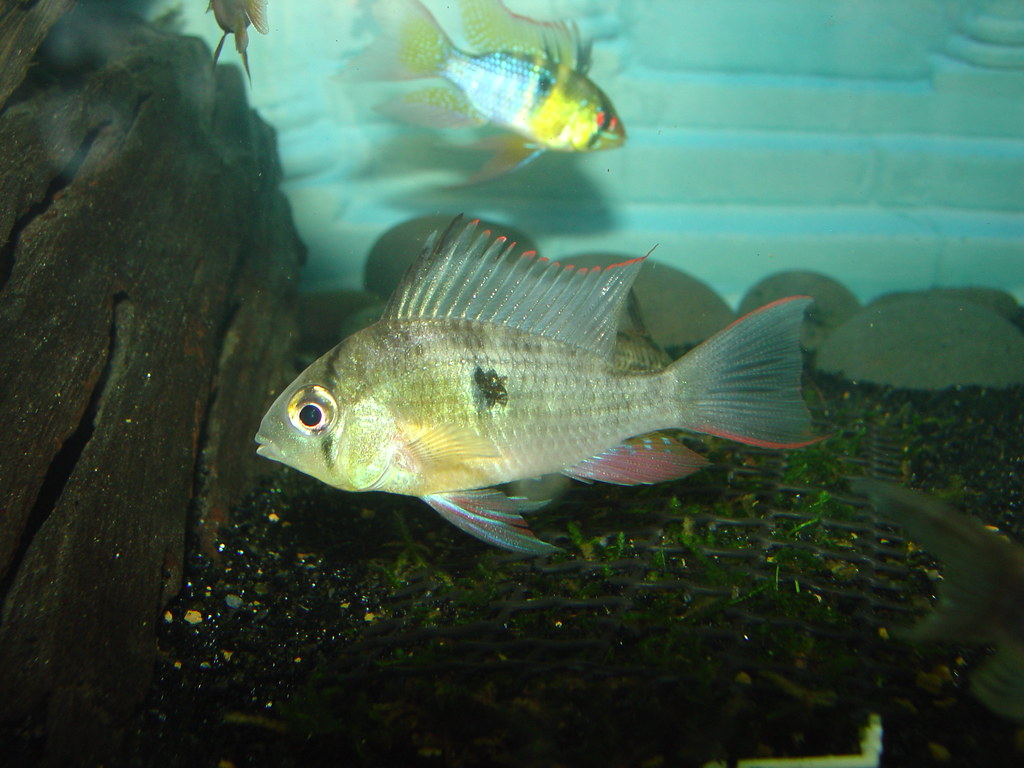
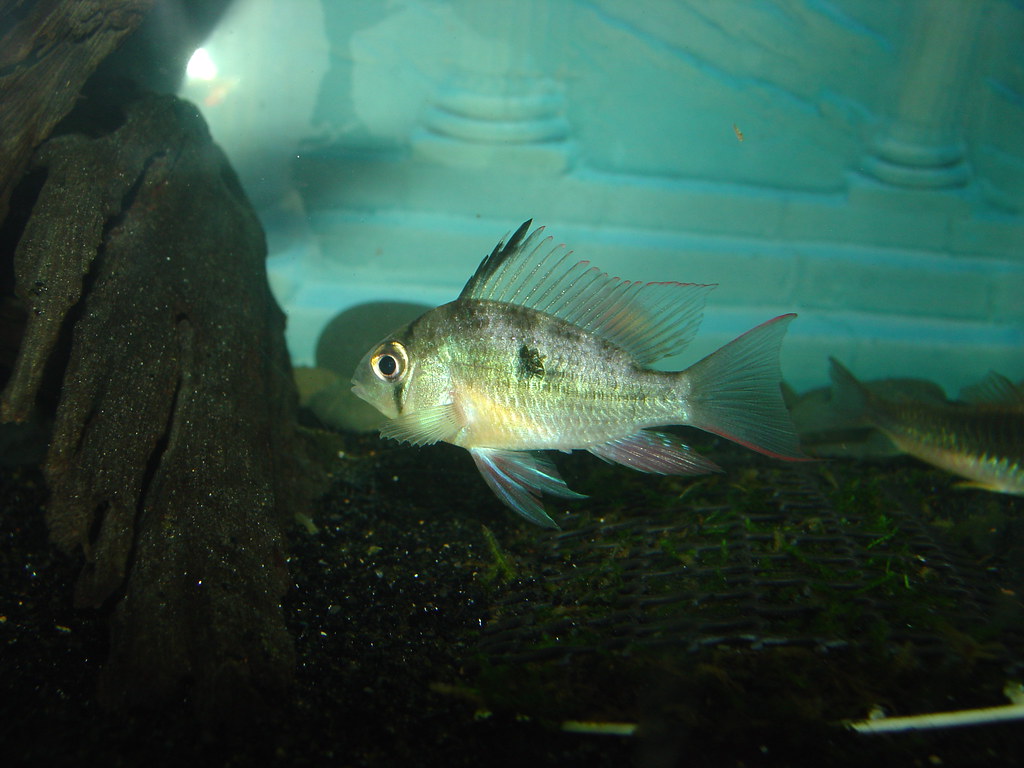


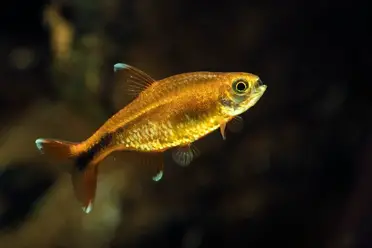


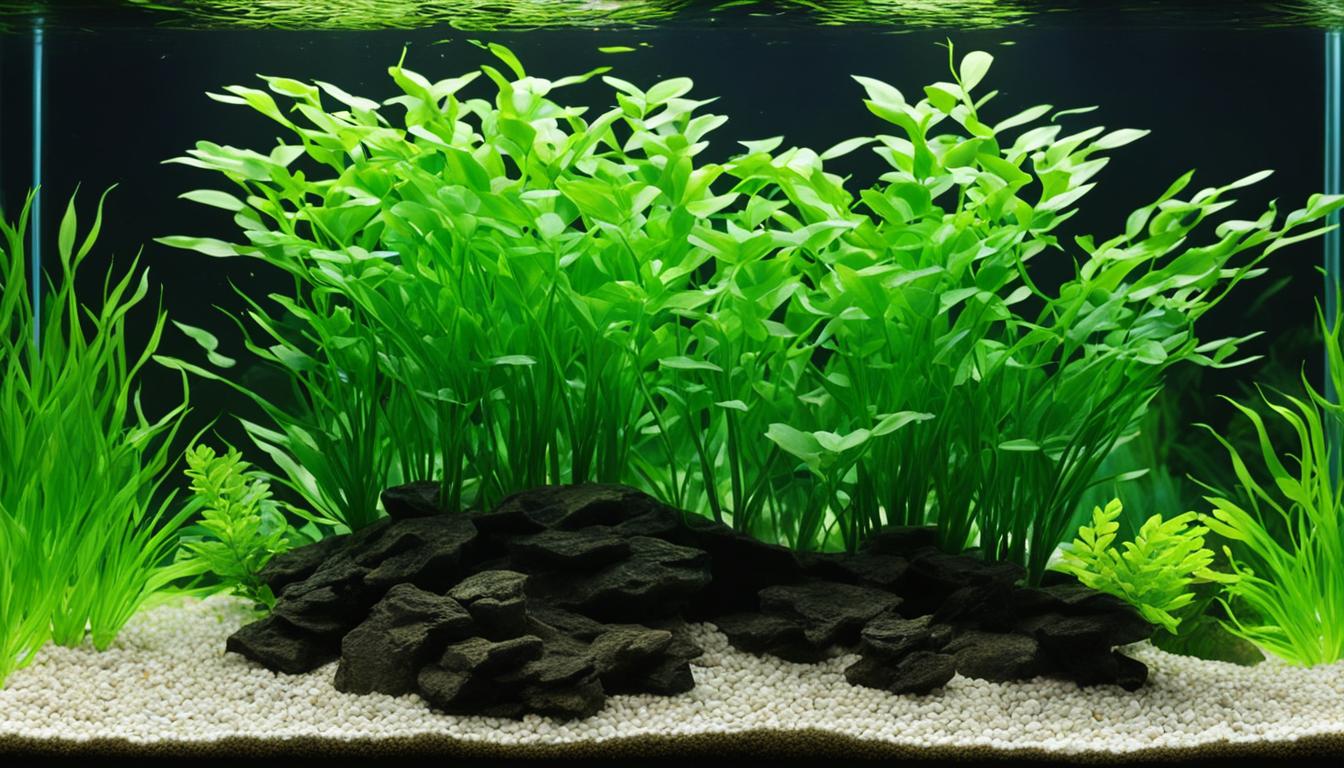
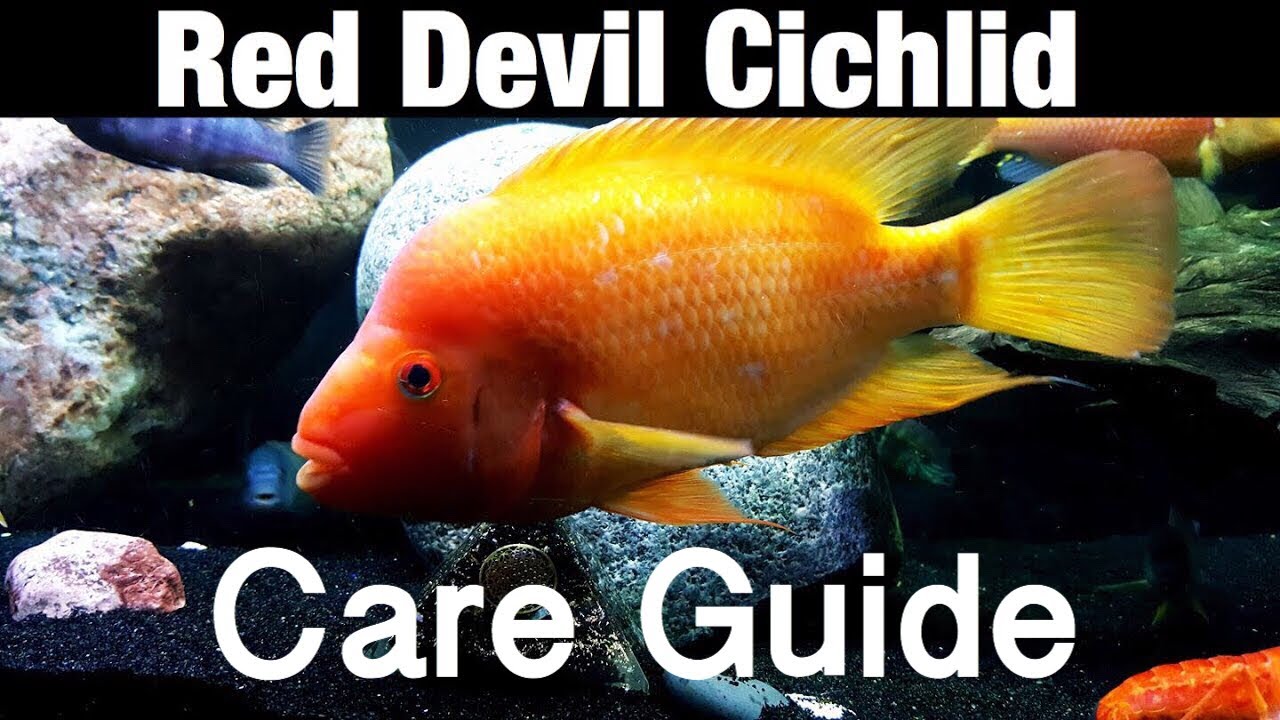
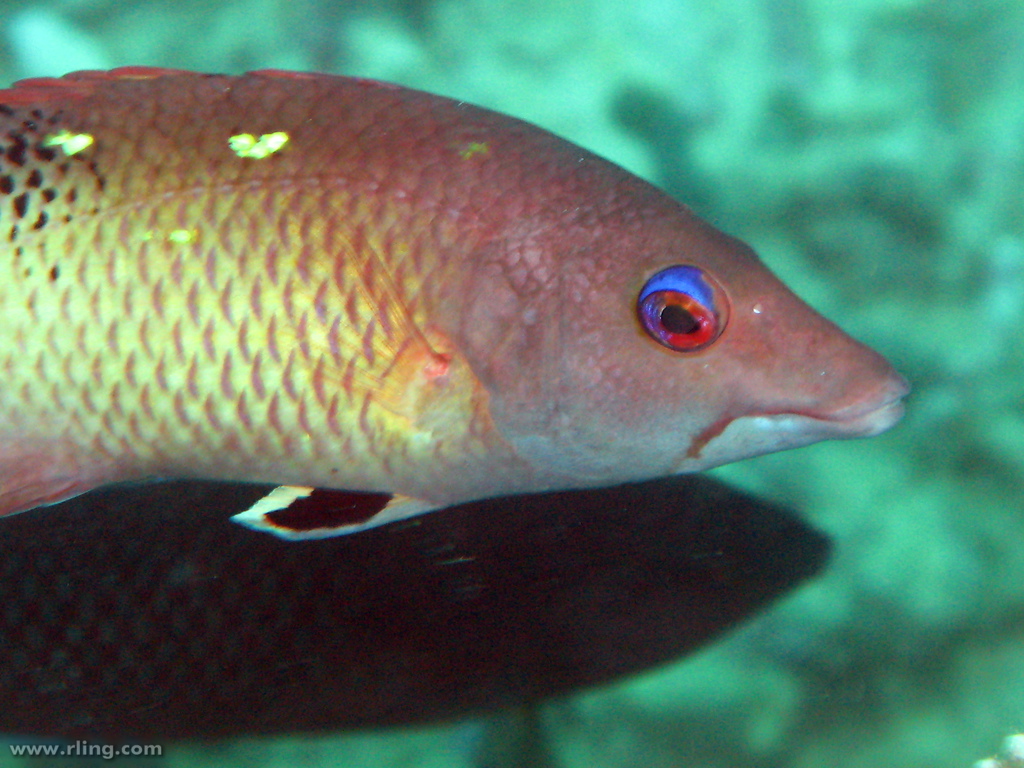
[…] 20-gallon tank is the least you need for breeding German Blue Rams. This lets a pair or trio make their own areas and breed easily. Want more pairs? Go for a […]
[…] filtration system is a critical component of any discus fish tank setup. It ensures that the water is clean, healthy and free from toxins, which can be harmful to your […]
[…] or an experienced aquarist, this guide will provide you with all the information you need from tank setup to breeding and disease […]
[…] mistakes include wrong water parameters, overfeeding, molting issues, and bad tank setup. Knowing their needs and proper care can help your shrimp thrive. This article will cover these […]
[…] Caridina shrimp, you need to know their needs and create a natural habitat. The right water, a good tank setup, and care can help you raise healthy shrimp. This way, you can enjoy watching your shrimp grow and […]